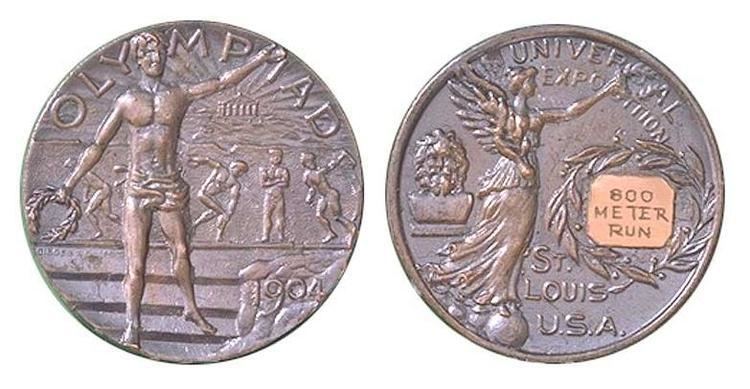 | ||
Dieges & Clust were jewellers established in 1898 by Col. Charles J. Dieges (b. Oct. 26, 1865-d. Sept. 14, 1953) and Prosper Clust.
They produced many medals, including the Spanish–American War Medal, the 1904 Olympic Medal, The Eagle Scout medal (from 1916–1920), the Medal of Honour, and the Titanic-Carpathia Medals (at the request of "The Unsinkable" Mrs. Molly Brown). They made baseball's first Most Valuable Player Awards and many Baseball Press Pins as well as Lou Gehrig's farewell plaque. They also cast the Heisman Trophy (in New York and later Providence, Rhode Island) from its inception in 1935 through late 1979 when the company was sold to Herff Jones (a division of Carnation) on January 1, 1980.
Perhaps the height of Dieges & Clust's production were the 1920s trophies known in sports collecting circles as "The Five Figural Spalding Baseball Trophies". The various trophies depict a baseball player pitching, catching, batting, playing first base, or playing in the outfield. The proportions of the figures and the detail (of the faces, fingers, stitching in the baseball gloves and shoelaces) are remarkable . They fetch up to $5,000 at auction, relatively high for a silver-plated trophy on a wooden base.
A 1936 New York Yankees World Series ring cast by Dieges & Clust and owned by Lou Gehrig held the record sale price for such a ring at $17,500.
In 1999, Sotheby's sold what was believed to be Lou Gehrig's 1927 ring for $96,000.
